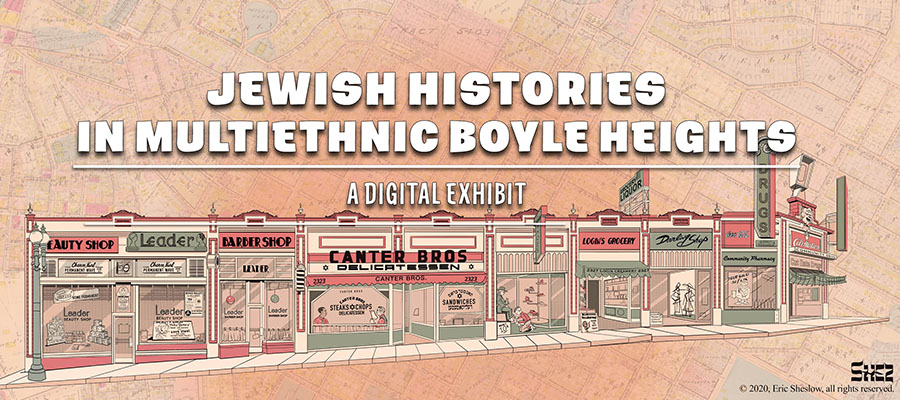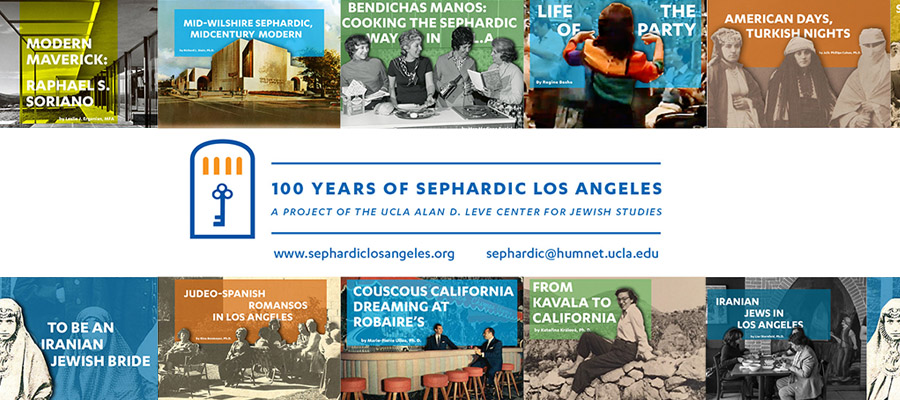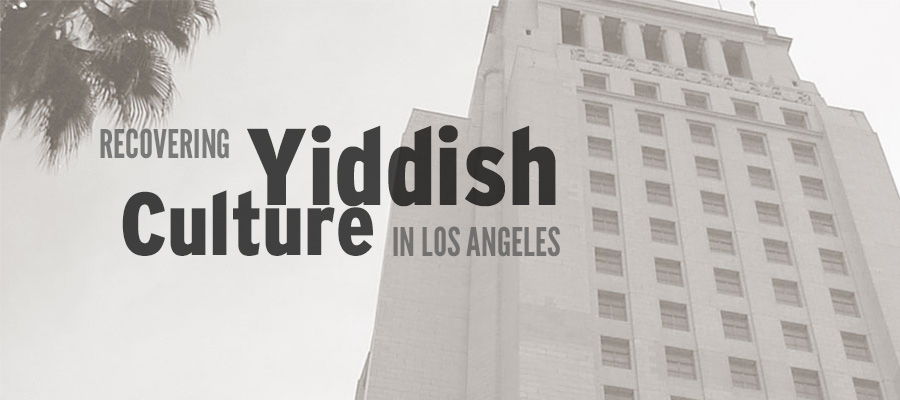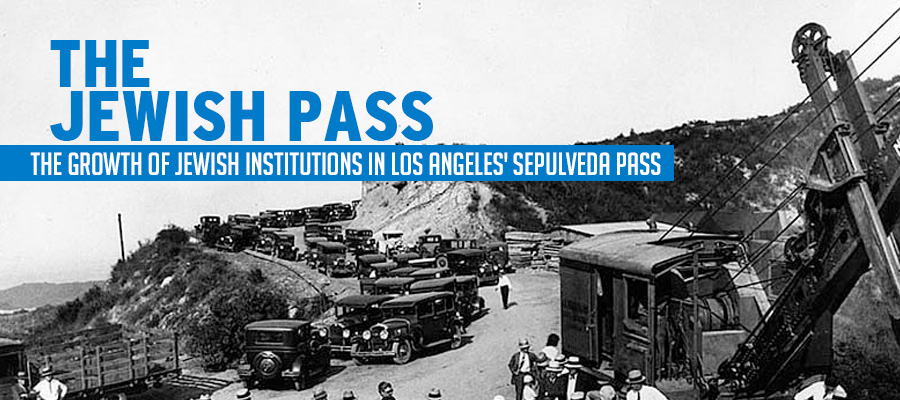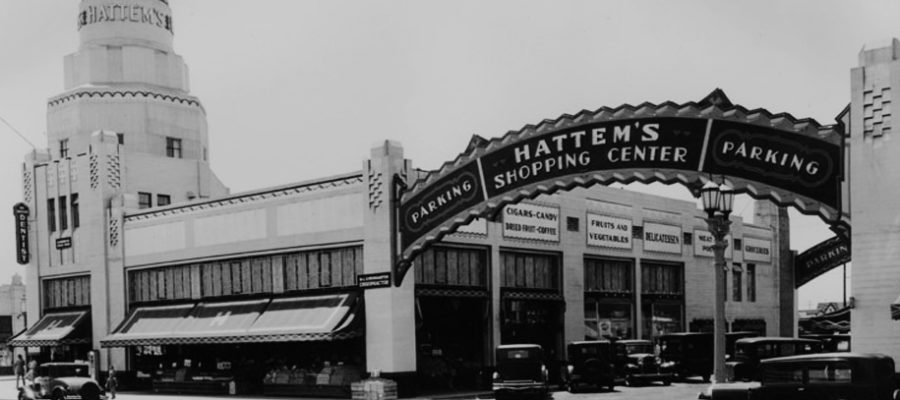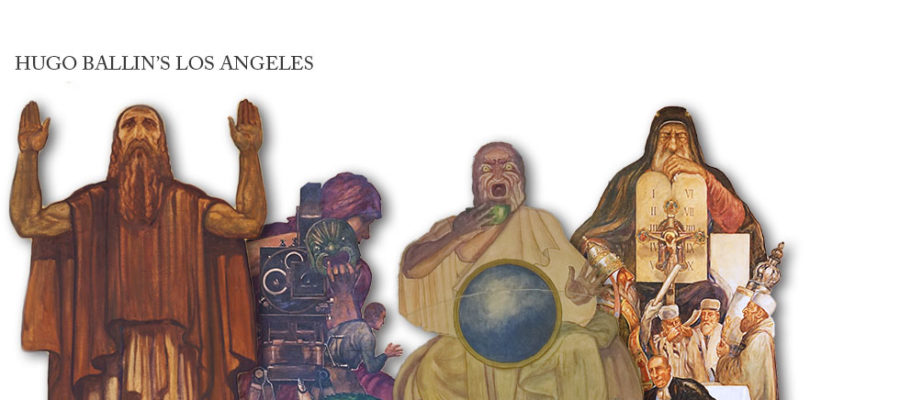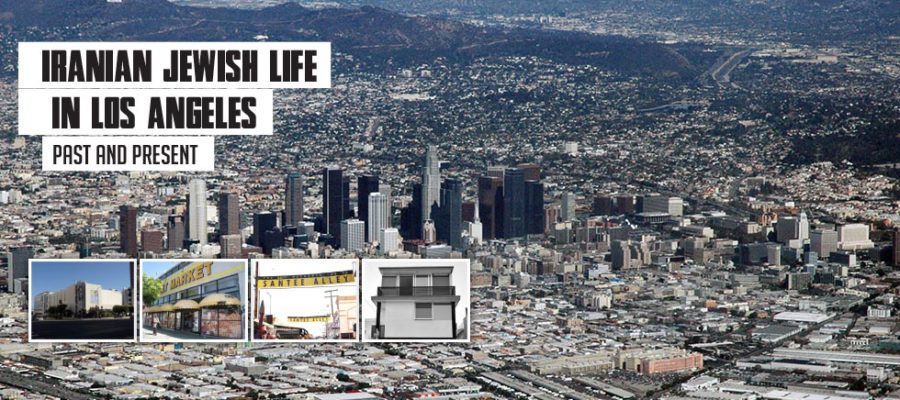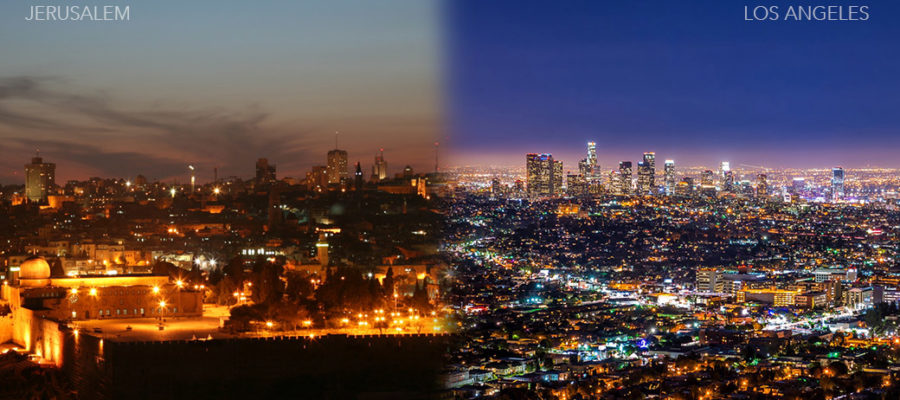MAPPING JEWISH LOS ANGELES
Developed in collaboration with the UCLA Library and dozens of community archives, the Mapping Jewish Los Angeles project uses digital tools and multimedia technologies to enable a broad audience to discover the complex histories of the Los Angeles Jewish community. We recover and preserve hidden archives and facilitate access to them through multimodal digital exhibitions curated by leading scholars in the field, stimulating new research, teaching, and community engagement. Through the lens of space, we locate Jews on the natural and constructed landscapes of Los Angeles relative to other Angelenos and to trajectories of change, linking culture to urban spaces over time to reveal intersecting obstacles and experiences. By doing so, we put Jews in and on the maps of Los Angeles as a way of viewing their “place” in the past and the “presence” in events that altered the region, its residents, and its future.
MJLA is a collaborative forum for digital publishing open to scholars, students, and community members alike. We welcome new projects related to Los Angeles’ Jewish past, present, and future. If you are interested in contributing your work to MJLA, or have access to historical materials that can deepen our understanding of Los Angeles’ Jewish past that you would be willing to share with us, contact collectingjewishla@gmail.org.


